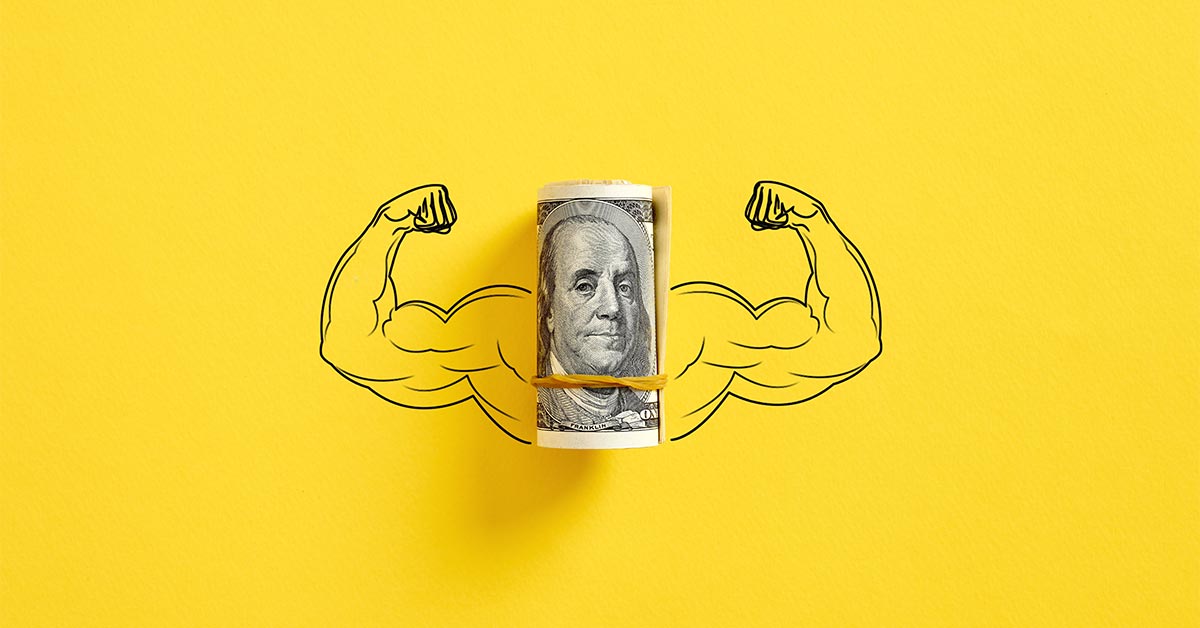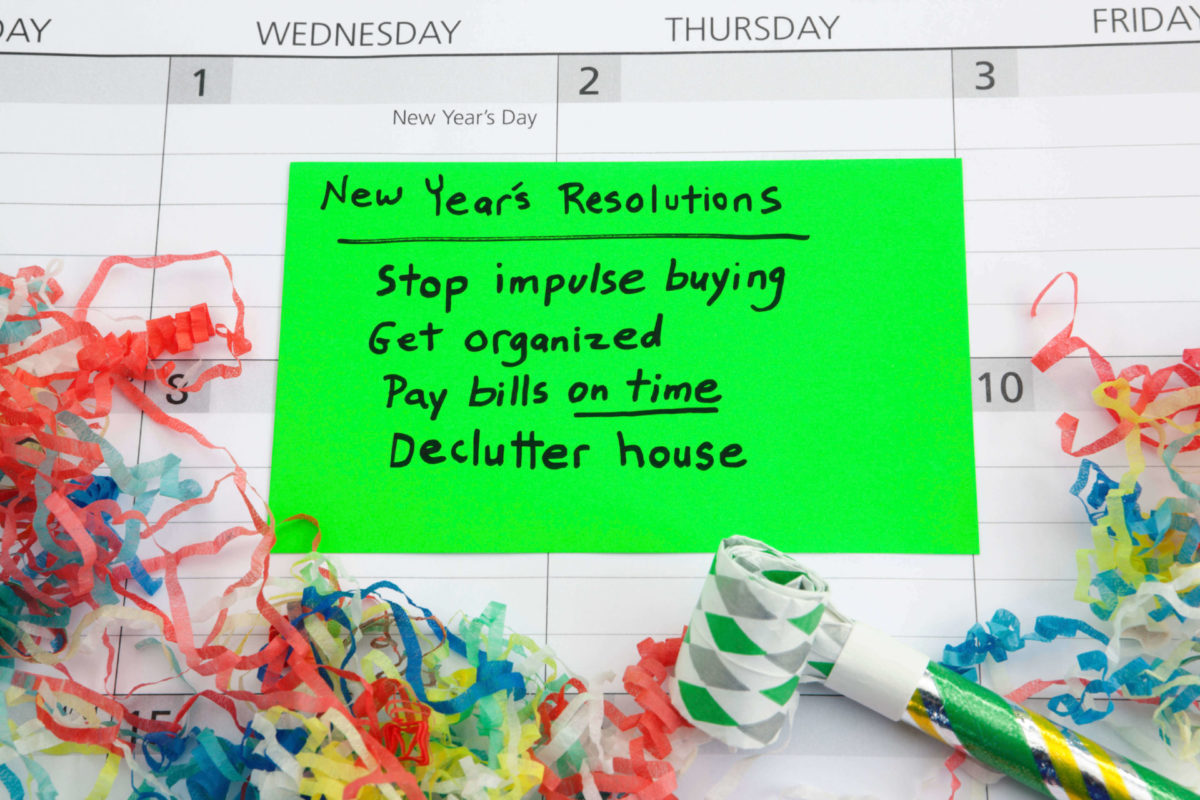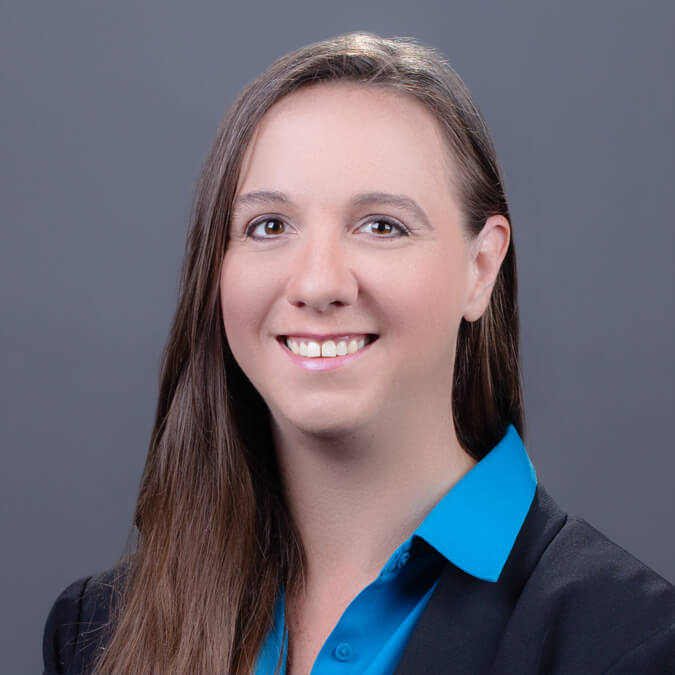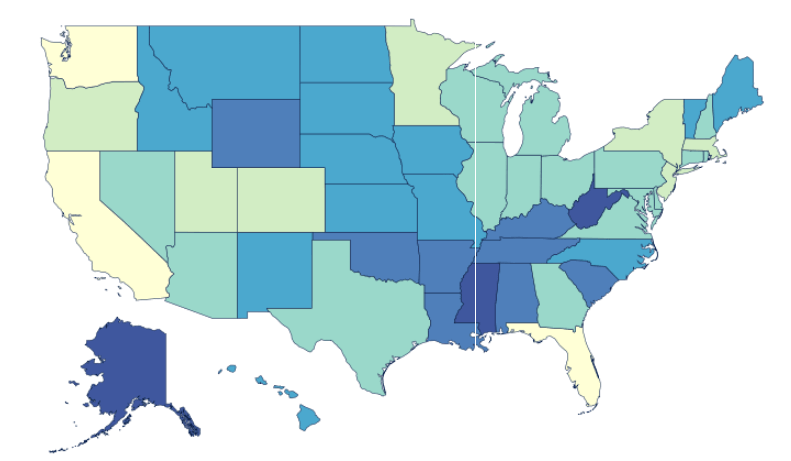Credit Card Payoff Calculator
Find the right fixed monthly payments to fit your budget and pay off your debt fast!
If you carry credit card balances over every month, you could benefit from making fixed payments until you pay the debt off. Instead of following the minimum payment schedule, which isn’t designed to pay off debt efficiently, you find a fixed amount that works for your budget. That way, you can pay off credit card balances as quickly as possible to eliminate your debt fast. This free fixed payment calculator can help you find the right payments to meet your needs.
How long should it take to pay off my debt?
Ideally, you should be able to eliminate a balance in full within one year making fixed payments. If you have more than one balance to eliminate, then you should be able to pay them all off within 3-5 years. If you can’t find a payment that works for your budget to do that, then you need debt relief.
Debt relief options provide faster, more efficient ways to repay your debt. You can consolidate the debt at a lower interest rate or go through credit counseling. In either case, the goal is to reduce or eliminate interest charges so you can pay off debt as quickly as possible.
This can be beneficial over trying to pay off debt with fixed payments. That’s because even with larger fixed payments, you still throw money away on accrued monthly interest charges. At 15% or even 20% APR, a big portion of every payment you make gets used to cover interest charges. As a result, it takes more money and time to pay off your debt.
If you’re making fixed payments, call your creditors to negotiate!
If you’d rather just stick with traditional payments, you should at least take the step of calling your creditor to negotiate a lower interest rate. Most creditors are willing to work with customers and lower the APR on their account. This is especially true if you’re a loyal customer that always pays your bills on time. You also have a good case for lower APR if your credit score has improved since you opened the account.
By lowering the APR, it means that more of each monthly payment you make goes to eliminate the principle. That’s the actual debt you owe – i.e. what you charged to the card. You still pay off your balance in full, which is good for your credit. But it’s easier and more cost-efficient. It’s worth the call to customer service to try and negotiate.
If you have more than one balance, decide how to prioritize
If you have multiple balances to repay, it’s best to focus on one at a time. Each balance you eliminate takes one bill off your plate. This is better than ending up with a bund of $15 or $25 minimum charges.
There are two ways to set up a debt reduction plan.
- Avalanche method: You can pay off the balance with the highest APR first to help save money
- Snowball method: You can pay off the lowest balance amount first to start cutting bills quickly
The first option is usually the best if you have the funds available to do it. Higher APR means higher monthly interest charges. In other words, a $1,000 debt at 22% APR costs more to pay off than a $1,000 debt at 15% APR. It also takes longer to eliminate.
However, if you have limited funds for making fixed payments, starting with the lowest balance first can help you build momentum. You start cutting a few small bills, freeing up more funds to tackle your biggest debts.







